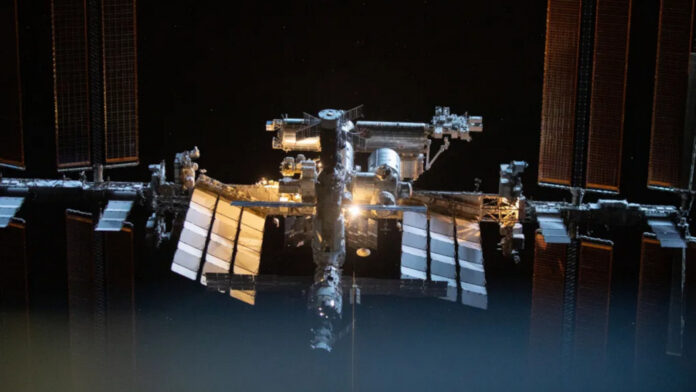Orbiting our planet since 1998, the International Space Station is scheduled to be decommissioned in 2030. That will leave America without a crewed presence in space unless new stations can get off the ground. NASA has already funded several private sector companies to come up with designs for commercial space stations that would (literally) fill the void. But now, an internal directive is reorienting the whole endeavor around the incoming meteor that is budget cuts. And that could make for some very, very different ideas of what a space station looks like.
The internal directive, obtained by Ars Technica, lays out a number of major changes. The biggest one is that NASA will pay for any designs it approves via a funded Space Act Agreement (SAA), rather than a firm fixed price. Through the Space Act, the agency has always had special permission from Congress to work with the private sector in a more adaptable way than the rest of the government. In this case, the document specifically states that using funded SAAs will give “flexibility to NASA to award SAA value based on… availability of funds.”
Availability of funds, you say? Surely, that couldn’t have anything to do with the Trump administration’s 2026 budget proposal, which asks for a 24% funding cut for NASA, including slashing staff by 32% and gutting scientific funding by 47%. If NASA had moved ahead with the original firm fixed price idea, then the agency would have either had to cancel the whole initiative for lack of funds or else been on the hook to pay the station manufacturer that money (which it would have to take from other projects, which would get even more unfunded). Non-fixed SAAs, by contrast, give it some wiggle room.
Relaxing standards in the void of space
Acting NASA Administrator Sean Duffy is essentially saying that something as complex as designing and building space stations can’t wait around to see how the budget shakes out. To keep the gears of industry greased, SAAs will let NASA keep spending some amount of money, however much that is, and the manufacturers will just have to scope up or (much more likely) down as needed.
That scoping down part comes with some consequences, and other changes outlined in the document reflect this. Under the old process, approved designs would be built out into prototypes that NASA would select one or more winners from. As part of that, the designs would have to be certified for little things like “safety requirements.” The new process, by contrast, will “shift the formal design acceptance and certification planning acceptance… to a follow-on certification phase.” In other words, these companies don’t need to worry about safety until later — just start building prototypes now.
What will that certification process be? Uh… good question. “The Certification Phase content is still being developed… The specific acquisition strategy is still under consideration.” Sounds like a bit of a ‘do it now, figure it out later’ situation. The trick here is that Duffy wants an “in-space crewed demonstration” of any future prototype before the Certification Phase. So, good luck to that crew!
Space hostels
Previously, NASA had a set of criteria for the next space station that added up to what it called Full Operational Capability. Duffy is just going to waive that, and instead, the new criteria are simply that the station can hold a crew of four for a month at a time. In addition, NASA’s Low Earth Orbit Microgravity Strategy, which lays out the agency’s research and technological objectives in space, is also getting waived. The new objectives… well, aren’t in this document, anyway.
The current International Space Station is a massive orbital research center, designed to house seven crew for several months (or sometimes, accidentally, longer). This new directive calls for something much smaller and less capable. That would be cheaper, which might enable NASA to get one into orbit on a tighter budget. If NASA’s fortunes miraculously improve, it could potentially get multiple cheap stations into orbit, possibly across different designs.
Overall, this directive reads as something of an emergency pivot. If NASA’s funding is under threat, the old plan just can’t move forward. So it’s either cancel it all or try to do less with less by getting flexible. The question remains how much gets sacrificed along the way.



